This is the weekend edition of Culture Study — the newsletter from Anne Helen Petersen, which you can read about here. If you like it and want more like it in your inbox, consider subscribing.
A few stats, words, and charts that have been knocking around in my brain, trying to arrive at something like meaning. Let me know which ones knock around in your brain, too.
In 1935, a thrifty college student could make a clothing budget for four new dresses a year, with an average cost of $5. That’s about $95 a dress in today’s dollars.
Cost of a “budget” dress today at Target: $22.39
Cost of the Dawn Dress, from Christy Dawn: $218
Breakdown of the cost of Ashley Dawn’s Dawn Dress:
Summarizing a line from Spring Patagonia catalog that I just recycled: “No seriously, we want you to buy less stuff”
From the Patagonia Gear & Repair section of their website:
Price of a Patagonia Men’s Down Sweater Jacket: $229
Price of Target Men’s Puffer Jacket: $48 (on sale from $60)
Review of Target Men’s Puffer Jacket:
Average number of pounds of clothes each American throws away each year: 82
Patagonia revenue in 2021: $234.4 million
Target revenue in 2021: $93.6 billion
Target starting wage: $15 an hour
Sustainability summary for A New Day, which makes the Target Dress:
Suggested percentage of take home pay to spend on clothes/shoes per month: 5%
Approximate amount a family of four with two adults working at Target could allocate to clothes/shoes every month: $187.50
Average associate pay at Goodwill: $10 an hour
What Goodwill and other organizations are allowed to pay mild and moderately disabled workers employed at their stores: less than $1 an hour
Graph of increased American savings during COVID (via)
Average new and used car payments in 2019:
Graph of the Manheim Used Vehicle Value Index from 1995 through today:
Quote from a guy in auto industry finance who DMed me after I tweeted that graph: “There used to be a natural ceiling for used vehicle prices and it just seems like used is getting closer and closer to new.”
Also:

Cost of a 1998 Toyota Tacoma with 112,213 miles: $13,995
Average new car price in December 2020: $40,107
Average cost of a used car in December 2020: $27,689
Project public transit shortfall through 2023: $39.3 billion
Percentage of Americans with no access to public transportation: 45%
Average full-time infant care costs in Arizona: $10,687
Average cost of in-state college tuition in Arizona: $10,557
Percentage of typical family’s income allocated to infant care costs: 19.3%
Poverty rate for early childhood teachers and caregivers in Arizona: 20.5%
Advertised hourly salary for lead preschool teacher in Missoula, Montana: $11
Monthly pay, before taxes, for someone making $11 an hour: $1907
Average rent for a one-bedroom apartment in Missoula: $918
Gap between salary for an early education teacher with a bachelor’s degree and K-8 teacher with a bachelor’s degree: 28.8%
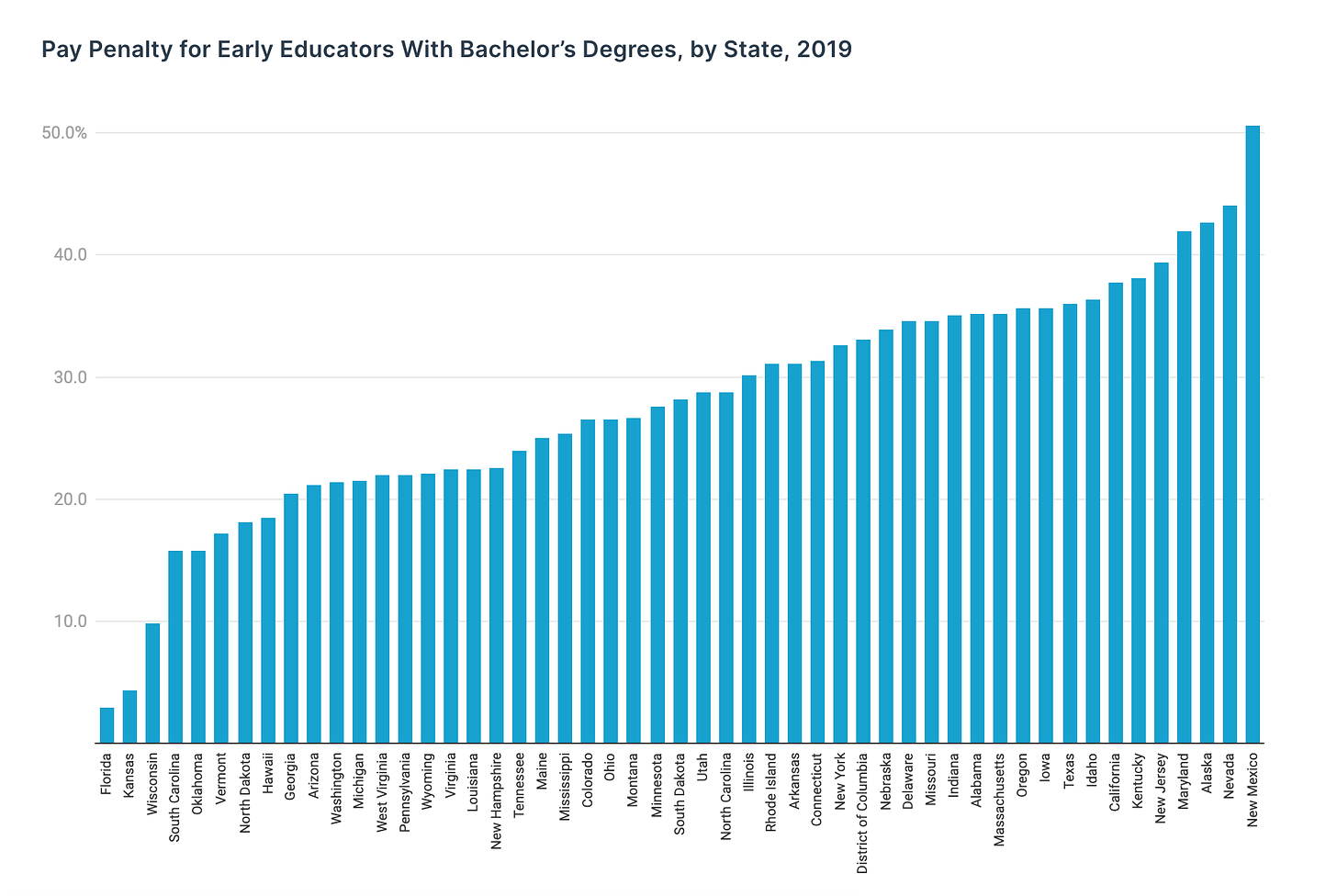
Percentage of American workforce unionized in 1955: 33.2
Percentage of American workforce unionized today: 10.8
Percentage of K-12 teachers in unions in 1999: 79
Percentage of K-12 teachers in unions in 2017: 70
Percentage of California early childhood home care providers who voted in favor of forming a union: 97%
Estimated jobs supported in the local area through Glacier tourism: 5230
Zipline Guide Hourly Salary at Whitefish, Mountain: $11
Average rent for a one-bedroom apartment in Whitefish, Montana: $1815
Tourist Spending in Flathead County, West of the Park, in 2016: $505.5 million
Tourist Spending in Glacier County, East of the Park, home to the Blackfeet Reservation: $92.7 million
Date the Blackfeet Tribal Council voted to close down the East Entrance to Glacier National Park — and all tourism — because of COVID: June 25
Number of Deaths in Montana from COVID: 1436
Portion of those deaths that were Native American: 1/3
Current Blackfeet COVID vaccination rate: 95%
Who Blackfeet Tribal Health is Currently Vaccinating: “Anyone and everyone” over 18 years old, including non-tribal members
Retail sales increase in 2020, despite COVID-related shutdowns: 3%
Retail sales projected growth in 2021: 10%
Percent increase in Amazon net profit in 2020: 84
Decline in postal workers’ average earnings, adjusted for inflation:
$66,437 (1976-1979) to $59,048 (2015-2019)
Amazon’s federal income tax rate in 2018: 1.2%
Amount Jeff Bezos would pay in state taxes if Washington passed a proposed wealth tax: $2 billion
The boost to the economy, according to a London School of Economics study over five decades, when you cut taxes for the rich: non-existent
Things I Read and Loved This Week:
The University of Texas: “Nope, Eyes of Texas isn’t racist.” University of Texas historian: Here are the receipts.
The very best piece I’ve read on Teen Vogue and supposed cancel culture
The generation wars serve no one but capitalism
Many things to admire in this essay on “the strange undeath” of middlebrow, not least of them the description of Spielberg's early films as "unimproving, and unimprovable"
This week’s just trust me
If you read this newsletter and value it, consider going to the paid version. One of the perks = weirdly fun/interesting/generative discussion threads, just for subscribers, every week. This week’s Friday Thread was on what rash decisions turned out best for you, and I cannot tell you the number of gems in that thread, including one that involves a body stocking.
If you are a contingent worker or un- or under-employed, just email and I’ll give you a free subscription, no questions asked. If you’d like to underwrite one of those subscriptions, you can donate one here.
If you’re reading this in your inbox, you can find a shareable version online here. You can follow me on Twitter here, and Instagram here. Feel free to comment below — and you can always reach me at annehelenpetersen@gmail.com.




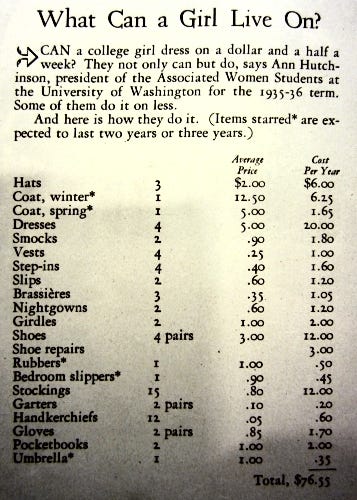
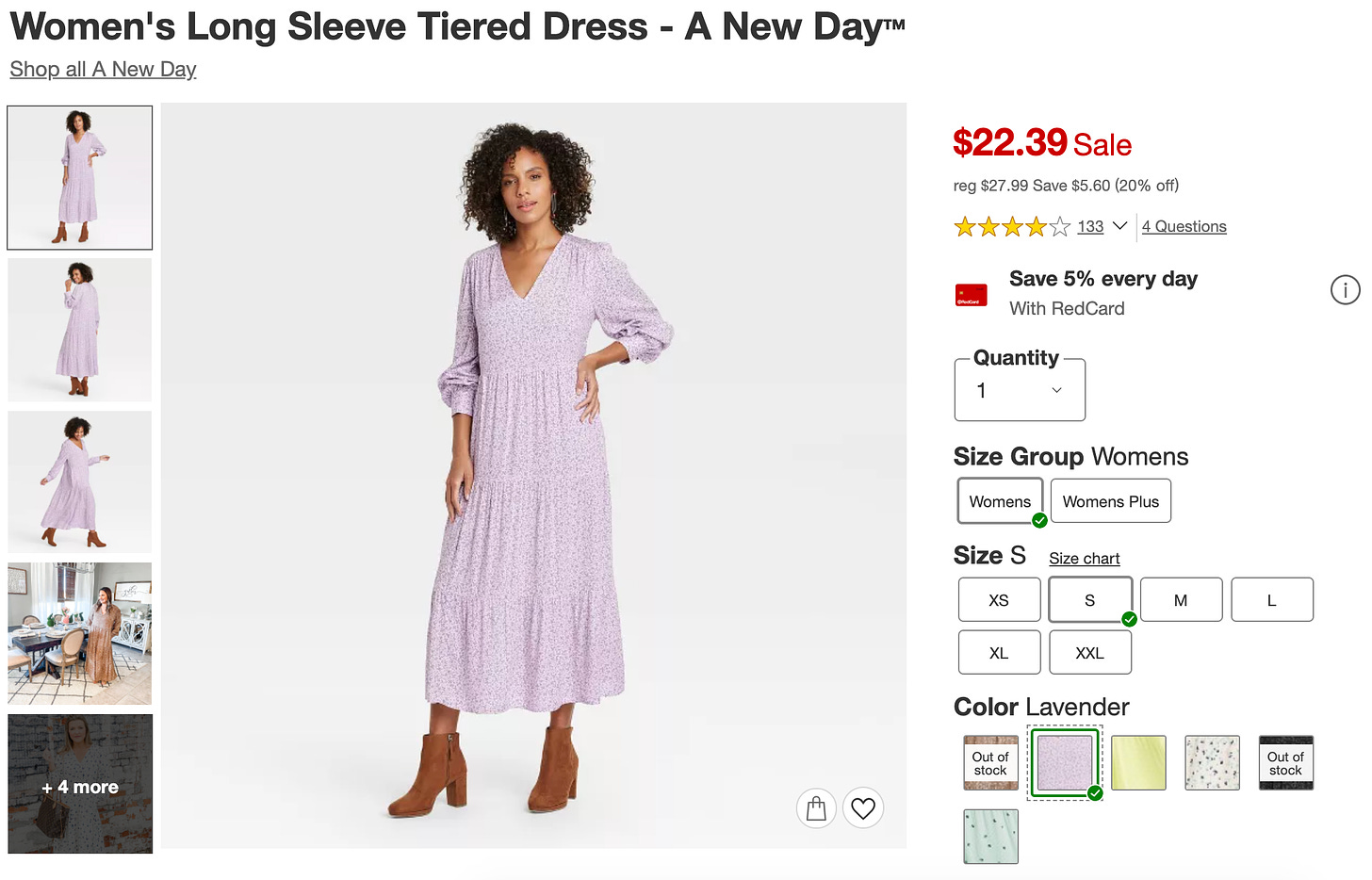
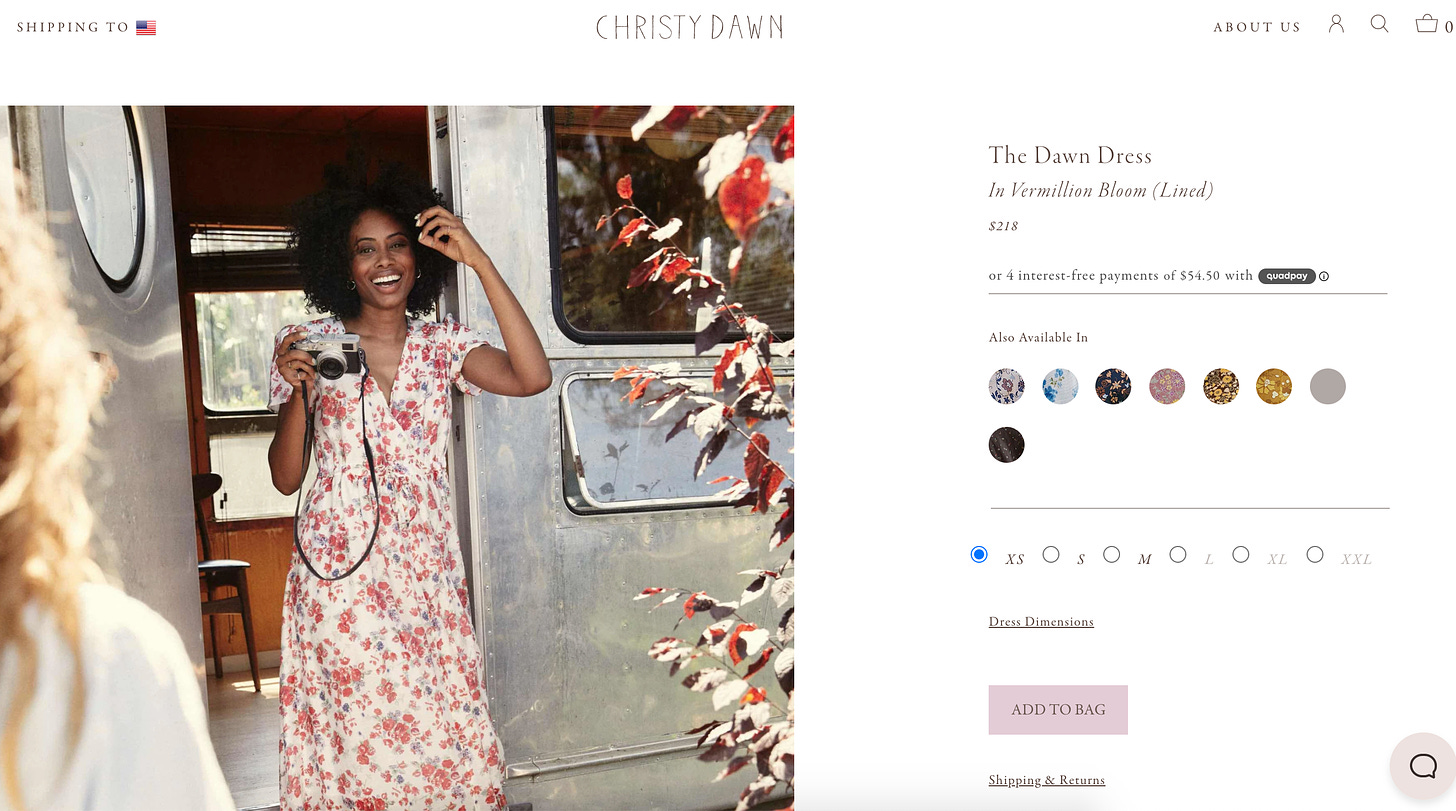


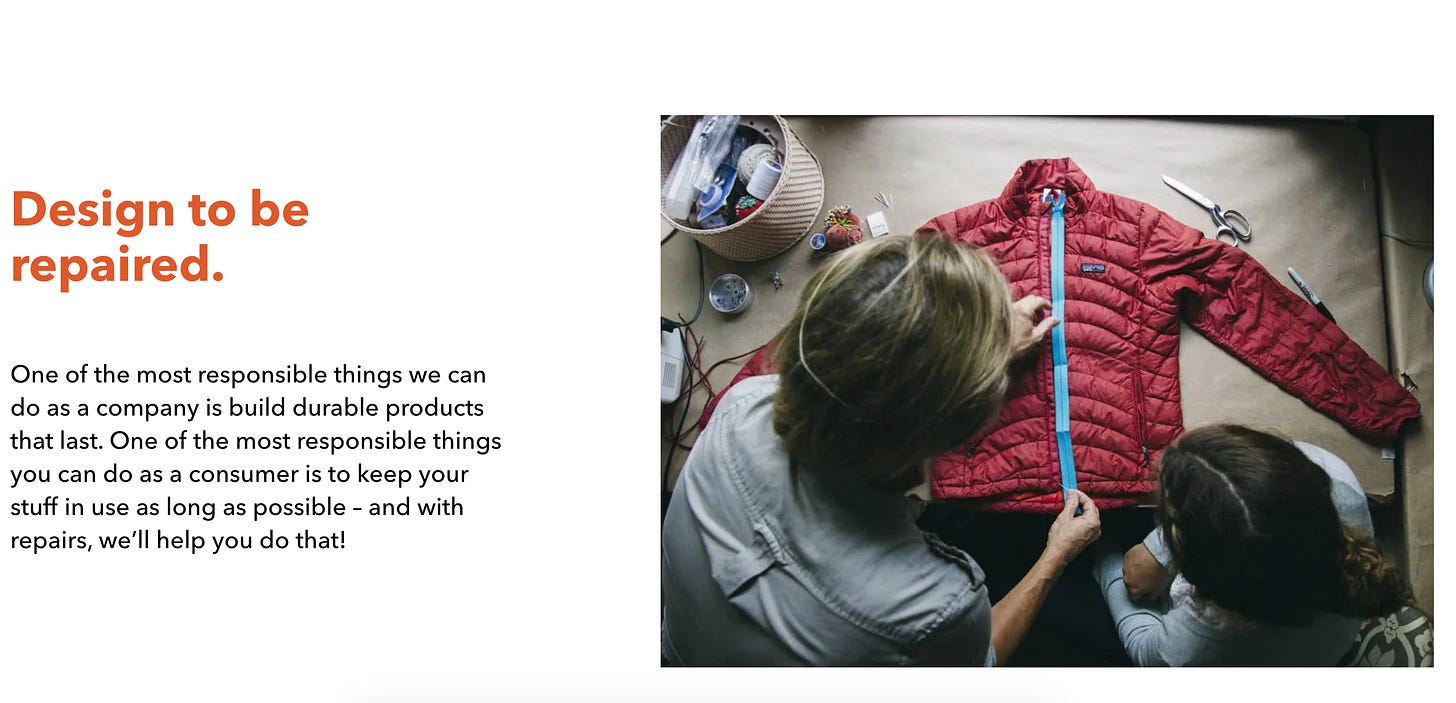

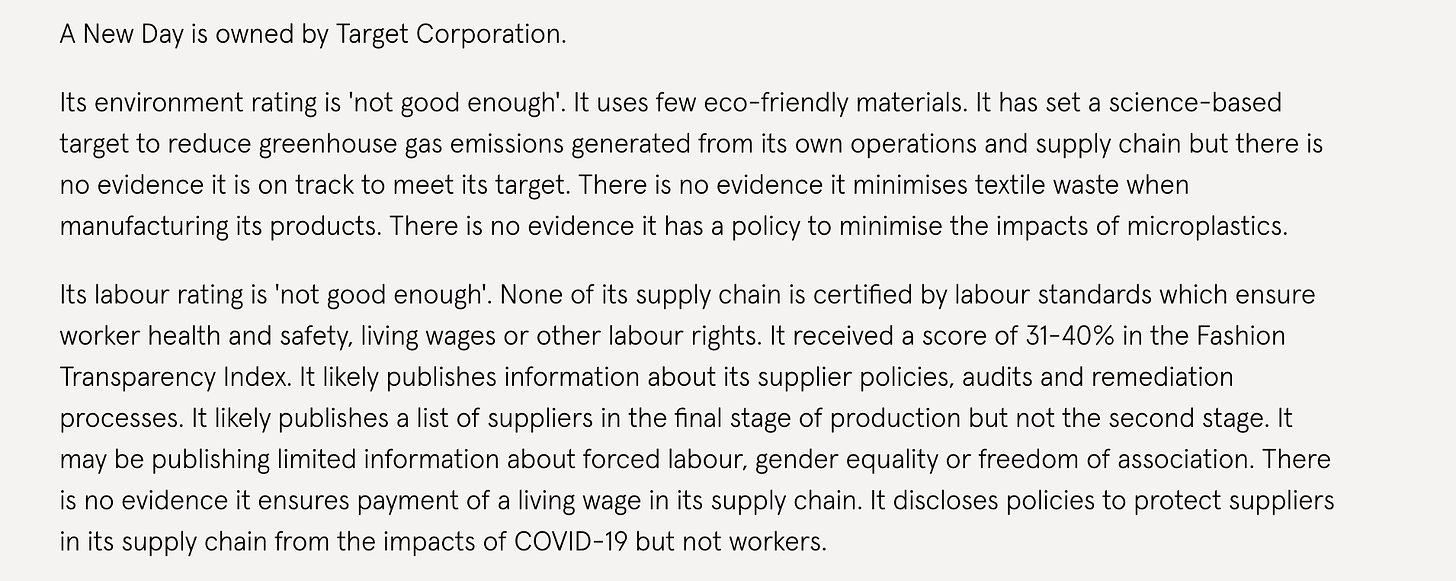

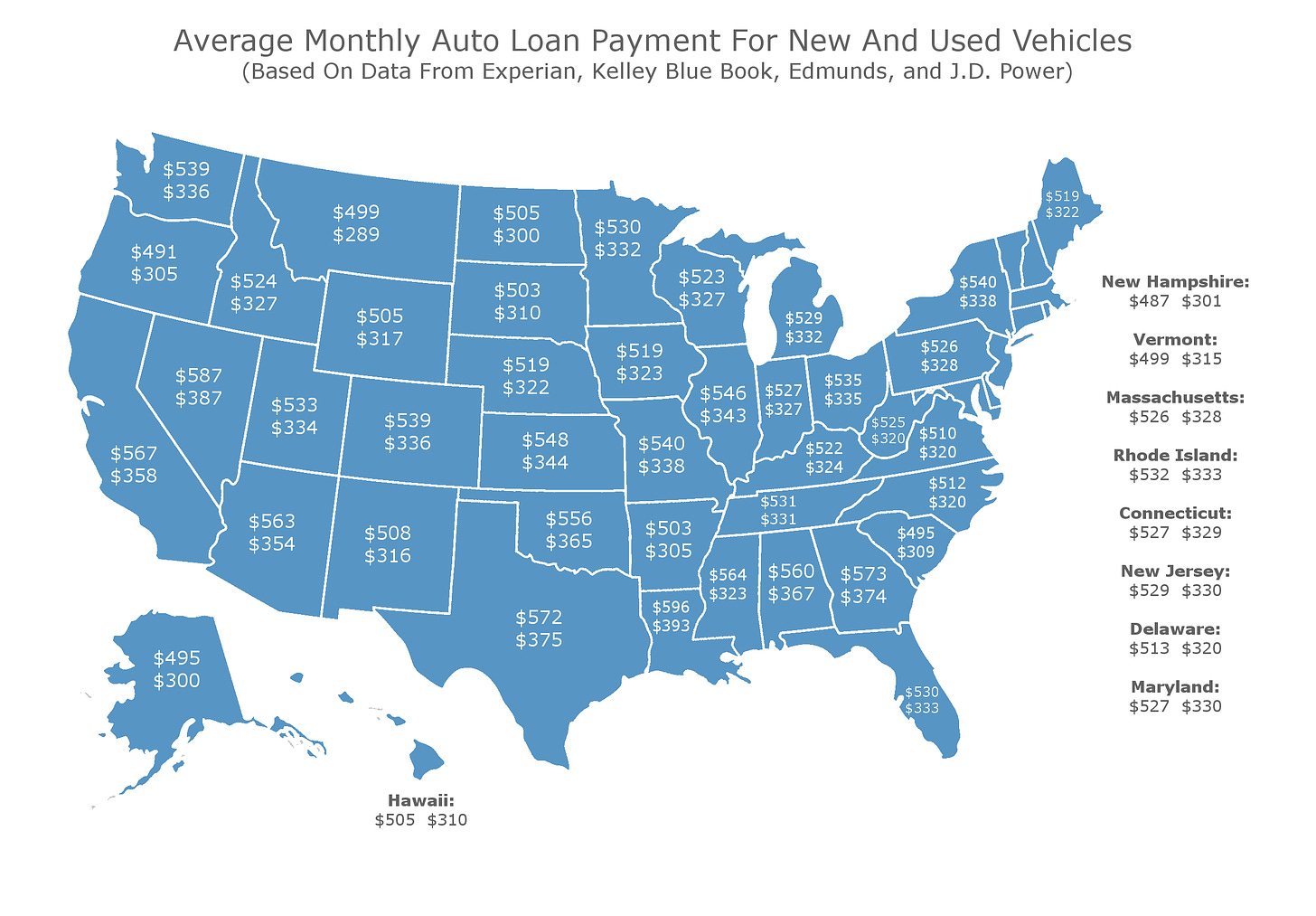
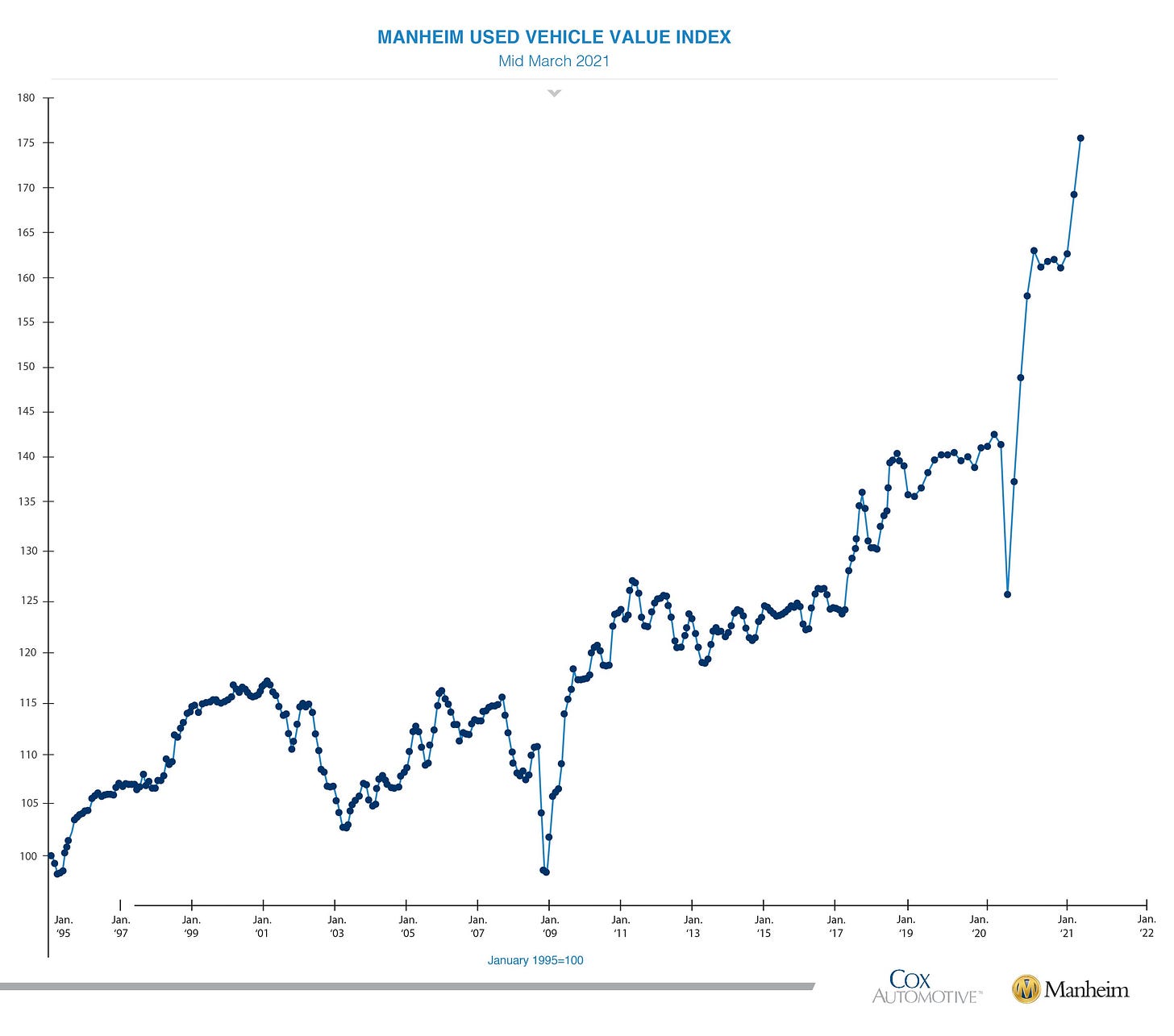
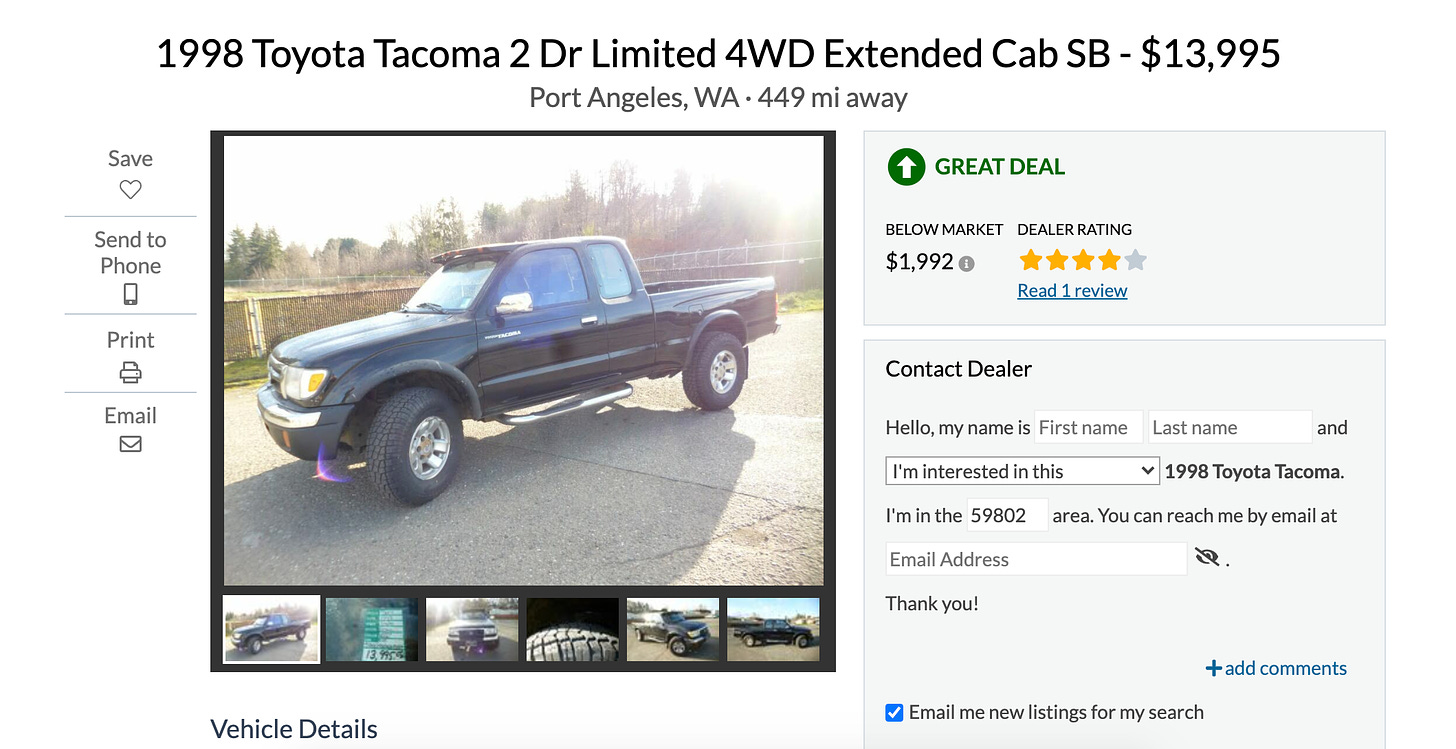


I love how you put this together, heartbreaking as it is (I get queasy thinking about how much the house + property across from me just sold for in Whitefish).
A long time ago I did a work-for-hire gig writing a 6th-grade math/social studies textbook on the Great Depression. I had to find lots of numbers for the math problems. The research was *fascinating*, especially the details on inflation, prices of necessities, the explosion of credit to buy new luxuries like radios, and how Social Security was designed in its midst to get men to work and women to marry (has not been updated BTW!). Also an NYT front-page article on Eleanor Roosevelt making the case for housewives to get minimum wage. And the parallels for our times were pretty stark (this was a couple of years before the 2008 crash).
In other words, these numbers tell a big story and make me sad :(
I've dove into the world of sewing reddit and instagram over the past few months, and it has really opened my eyes as to a) the amount of labor that goes into making a garment, even accounting for industrial process and b) how exploitative fast fashion is. Layer on the environmental impacts of some fabrics and you find yourself attempting to make your own wardrobe and buying 50$ fair-trade organic t-shirts.